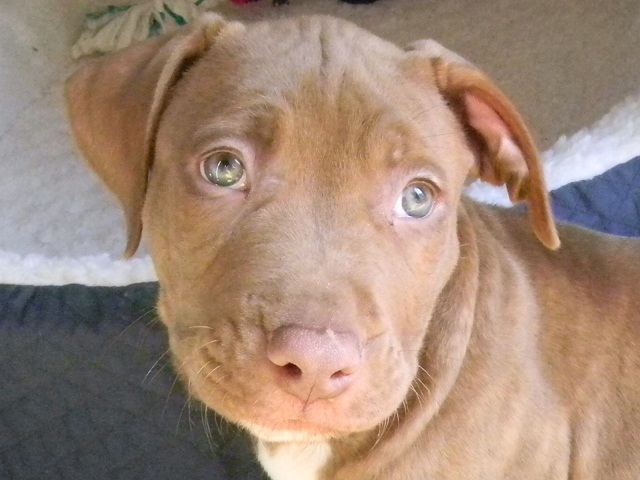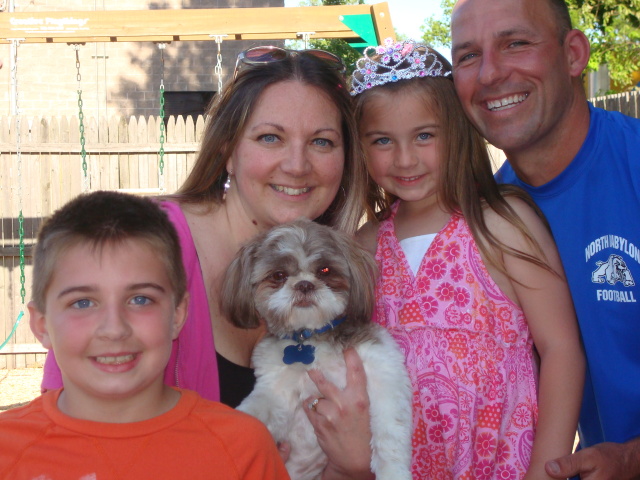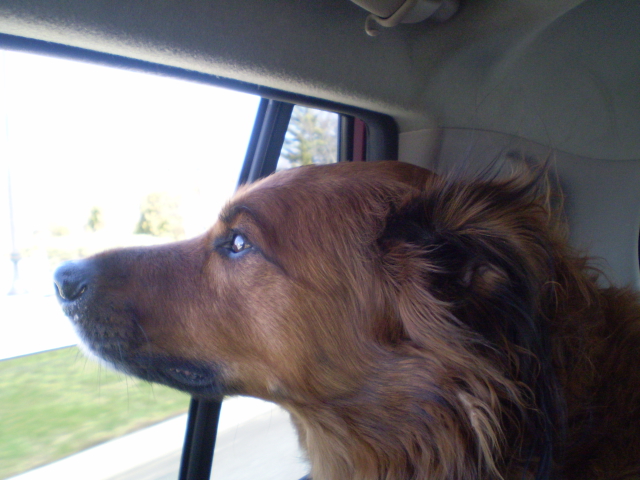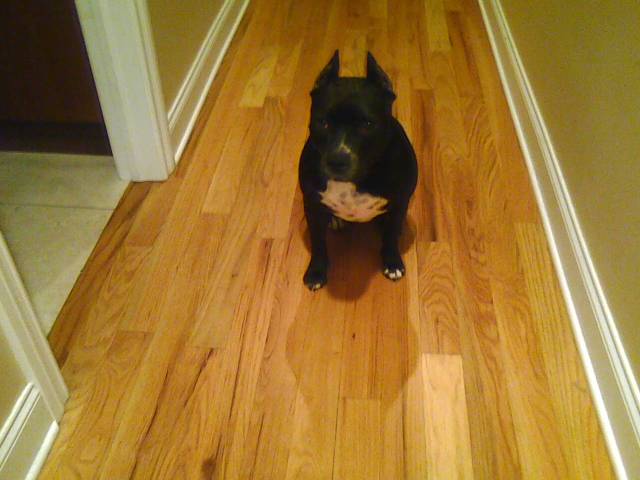QuestionI have a 1 yr old dog. I've had him sense he was 7 weeks old. I got him potty trained no problems. In the summer we kept the balcony door open so he could go out there at night. Well it's winter can't do that. So I take him out more often. The problem is that at night he will go into my sons room a pee in there. He only does it when we are sleeping. And it's only in my sons room. So we shut the door to the bedroom and he went twice right in front of my sons door. I can't figure out what has happened.
He is free fed and water. He's not fixed. So I was wondering what I could do. I was told to put him in a crate by a trainer at Petsmart but I do not want to do that. So could you guide me some things that I would be able to do. Please
AnswerI can't be sure what is happening. Certainly using your son's room suggests he is saying he outranks your son. He needs to understand that isn't so. If your son is old enough, 4-H dog training would be a good idea. In my area, clubs form soon after the first of the year. Even many urban areas have 4-H. For info look in your phone book under government listings for extension or cooperative extension offices. Ask specifically about a dog or canine club. The dogs see all the people and dogs in the household as a pack with each having their own rank in the pack and a top dog. Life is much easier if the 2 legged pack members outrank the 4 legged ones. You can learn to play the role of top dog by reading some books or going to a good obedience class. A good obedience class or book is about you being top dog, not about rewarding standard commands a treat. Start at http://www.dogsbestfriend.com/ For more on being top dog, see http://www.dogbreedinfo.com./topdogrules.htm that site has some additional material on dogs and children you need to read. Correcting your pack structure may on may not help the peeing problem, but needs to be done. Neutering the dog will go a long ways too.
Have the vet check for a UTI .
Taking up the food and water at 7 PM could make a big difference. The dog will do fine until morning without either. Free feeding sometimes leads to over weight. Your dog definitely should be narrower at the waist than the hips and chest. You should be able to easily feel the ribs, but not see them. Each dog is different. Standard recommendations are a good place to start, but each dog must have its food and exercise adjusted to its individual needs. Here is a link to a good illustrated guide, http://www.longliveyourdog.com/twoplus/RateYourDog.aspx
I agree with the trainer at Petsmart on the crate. It would quickly put a stop to it when you aren't around. It is only natural that a dog resists its crate at first. What the dog wants more than anything else is to be others, you, anyone else in the household, and any other pets. In our modern society, even if we are home, other things distract us from the attention an uncrated dog must have. The only real solution is to crate the dog when you aren't around. The dog may be happier in its den than loose in the house. It relaxes, it feels safe in its den. It rests, the body slows down reducing the need for water and relieving its self. Dogs that have been crated all along do very well. Many of them will rest in their crates even when the door is open. I think the plastic ones give the dog more of a safe, enclosed den feeling. Metal ones can be put in a corner or covered with something the dog can't pull in and chew. Select a crate just big enough for the full grown dog to stretch out in.
Leave it some toys. Perhaps a Kong filled with peanut butter. Don't leave anything in the crate the dog might chew up. It will do fine without even any bedding. You will come home to a safe dog and a house you can enjoy.
A dog that has not been crated since it was little, may take some work. Start out just putting its toys and treats in the crate. Praise it for going in. Feed it in the crate. This is also an easy way to maintain order at feeding time for more than one dog.
A variation on crating is the tie down. Secure a short length of chain with a snap on the end. It restricts the dog's movement without caging it.

 10 week old Pitbull Pup
Question
Ares
I have a few questions =]
Why does he ke
10 week old Pitbull Pup
Question
Ares
I have a few questions =]
Why does he ke
 Dry Dog Foods
Question
Prince Duke & Princess
I have two B
Dry Dog Foods
Question
Prince Duke & Princess
I have two B
 18month old sweet shih tzu starting to growl at me
Question
our family
Hi Valentina,
I have recently beco
18month old sweet shih tzu starting to growl at me
Question
our family
Hi Valentina,
I have recently beco
 aggressive kids and dogs
QuestionI have a hyper aggressive 6 yr old who always p
aggressive kids and dogs
QuestionI have a hyper aggressive 6 yr old who always p
 AmStaff Terrier
QuestionMy dog
QUESTION: I have a 2 1/2 year old
AmStaff Terrier
QuestionMy dog
QUESTION: I have a 2 1/2 year old